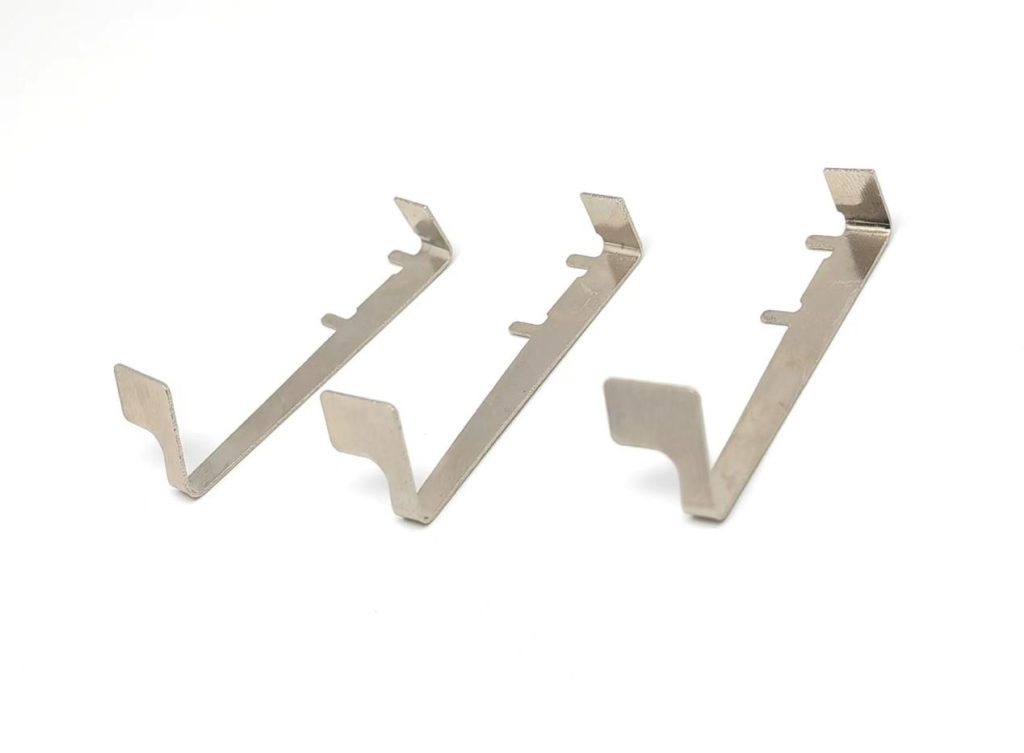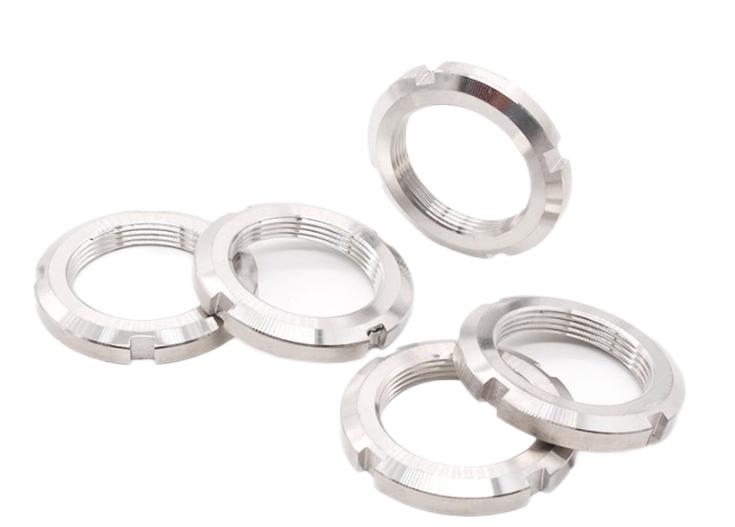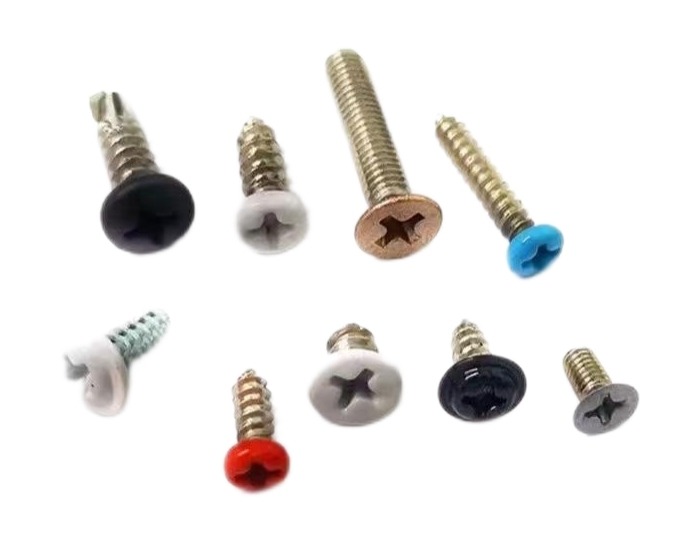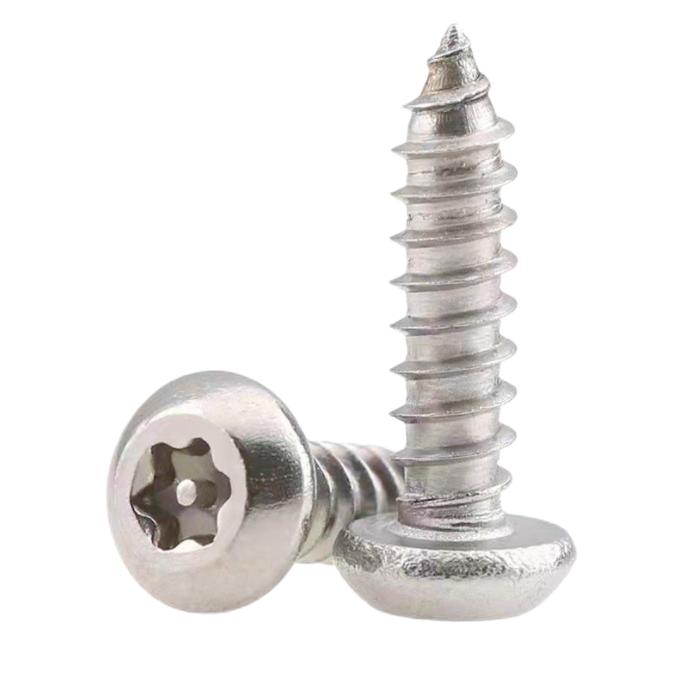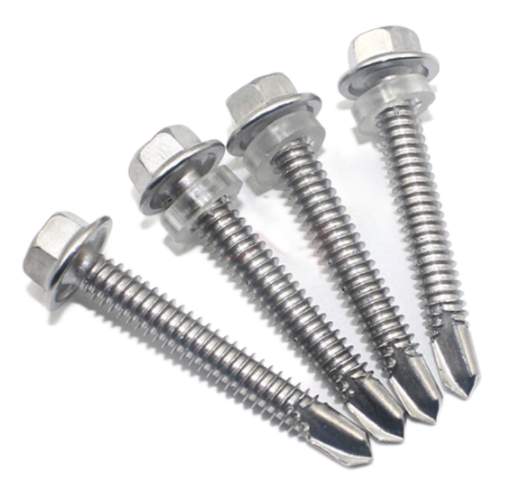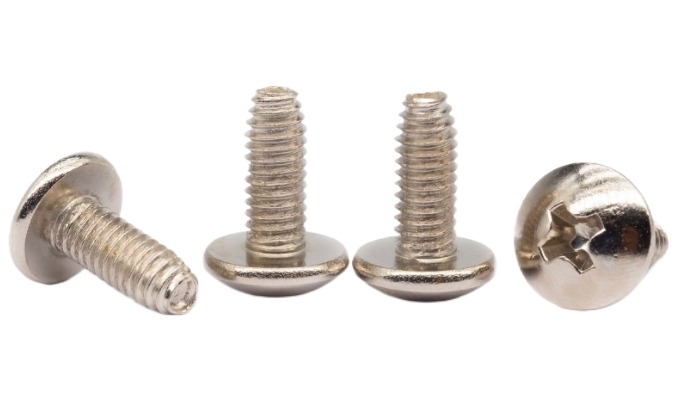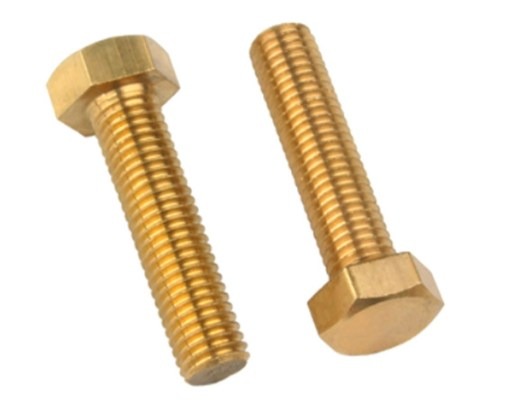Cold Galvanizing VS. Hot Dip Galvanizing, Which Is Better?
Zinc plating refers to the surface treatment technology that coats a layer of zinc on the surface of metal or alloy or other materials to play the role of beauty and rust prevention. This article will take you to learn more about the difference between our common cold galvanizing and hot-dip galvanizing.
What is Cold Galvanizing?
Cold galvanizing is electro-galvanizing, which uses electrolytic equipment to put the parts to be plated in a solution of zinc salt and connect the negative electrode of the electrolytic equipment, and then connect the zinc plate to the positive electrode of the electrolytic equipment and connect the power supply, and then use the current to The directional movement of positive to negative electrodes deposits a layer of zinc on the part to be plated.
The characteristics of cold galvanizing are that it can form a uniform, dense and well-bonded metal layer, and can prevent corrosion, improve electrical conductivity, reflectivity, wear resistance and enhance aesthetics.
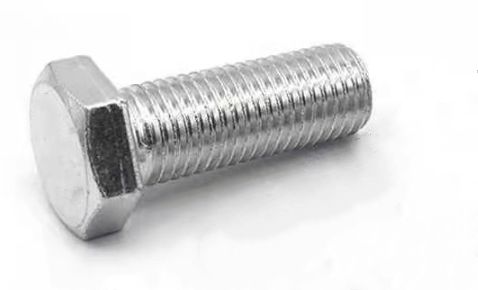
What Are the Characteristics of Cold Galvanizing?
1. Good corrosion resistance, and fine, and uniform coating.
2. Because the zinc layer is relatively pure, it is not easy to be corroded in the acid or alkali environment. Effectively protect the steel body for a long time.
3. It can be used in various colors after passivation by chromic acid, which is decorative.
4. The zinc coating has good ductility and will not fall off easily during various bending, handling impacts, etc.
What is Hot Dip Galvanizing?
Hot-dip galvanizing is to immerse the iron and steel products whose surface has been cleaned and activated in molten zinc solution. Through the reaction and diffusion between iron and zinc, a zinc alloy coating with good adhesion is plated on the surface of iron and steel products. Hot-dip galvanizing is to allow the iron matrix to react with the molten metal to produce an alloy layer, and then combine the matrix with the coating.
The characteristics of hot-dip galvanizing are strong anti-corrosion ability, good adhesion, and hardness of the galvanized layer, and effectively achieves the purpose of anti-corrosion.
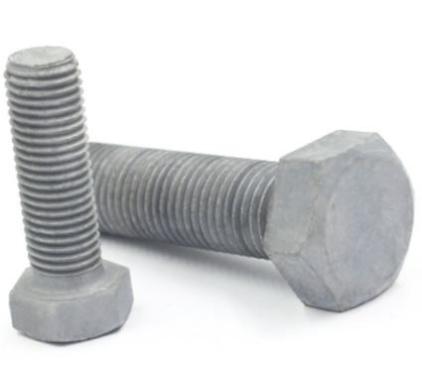
What Are the Characteristics of Hot Dip Galvanizing?
1. The entire steel surface is protected, such as in depressions or any other corners where the coating is difficult to access, and the molten zinc is easy to cover evenly. In the corner areas, the zinc layer is often thicker than elsewhere and has good toughness and abrasion resistance.
2. The hardness value of galvanized layer is larger than that of steel.
3. When a small part of the zinc layer falls off due to mechanical damage or other reasons, the iron base is exposed, and the surrounding zinc layer will function as a sacrificial anode to protect the steel here from corrosion.
4. The consumption of the zinc layer in the atmosphere is very slow, and its life is far longer than any other coating.
5. The life of the coating depends on the thickness of the coating in a specific environment, and the thickness of the coating is determined by the thickness of the steel. Thicker steel is easier to get a thicker coating, so thicker steel parts in the same steel structure also get a thicker coating to ensure longer life.
The hot dip galvanizing layer is formed by zinc in a liquid state in three steps.
- The surface of the iron base is dissolved by a zinc solution to form the zinc and iron alloy phase layer.
- The zinc ions in the alloy layer further diffuse into the matrix to form a zinc and iron mutual soluble layer.
- The surface of the alloy layer is wrapped with a zinc layer.
What is the Difference Between Cold Galvanizing and Hot Galvanizing?
1. The principle is different.
Hot dip galvanizing involves dipping steel into molten zinc to coat the metal on the part. Cold galvanizing uses electrochemical principles to prevent corrosion.
2. Differences in corrosion resistance.
The coating of hot-dip galvanizing is uniform, with strong adhesion and long service life.
Cold galvanizing is the electroplating of a layer of zinc on the surface of the part, and the coating is easier to peel off than the hot-dip galvanizing coating. Therefore, hot-dip galvanizing is more corrosion-resistant than cold-dip galvanizing.
3. Price and practicality are different.
Cold galvanizing can be plated only on one side, and hot galvanizing should be fully plated. And the galvanized layer of hot-dip galvanizing is generally thicker than that of cold galvanizing, so the price of hot-dip galvanizing is higher than that of cold galvanizing. Although cold galvanizing is cheaper than hot galvanizing, hot galvanizing is more practical than cold galvanizing.
4. Appearance difference
- The appearance of hot-dip galvanizing is not as delicate and bright as cold-dip galvanizing and the coating is uniform.
- In terms of the thickness of the zinc layer, the material of hot-dip galvanizing is thicker, the cold-dip galvanizing is thinner, and the hot-dip galvanizing is much thicker than that of cold-dip galvanizing.
5. Differences in application
Hot-dip galvanizing: suitable for long-term rust prevention of steel parts for outdoor work, such as power towers, highway fences, large-size fasteners, and other relatively “rough” workpieces.
Electro galvanizing: suitable for rust prevention of indoor parts, such as small-sized fasteners.
KENENG can provide cold-galvanized and hot-dip galvanized surface treatment for your choice of hardware. If you have related needs, please contact us.

